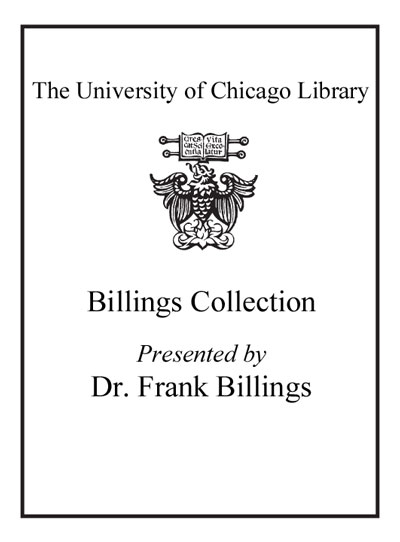Review by Choice Review
The surge of recent publications on complementary and alternative health and medicine has introduced topics outside Western traditions, reflecting the American propensity to experiment with other systems of healing. The topics in this book (Navarra is an RN certified in therapeutic touch and Perlman, who wrote the foreward, a physician specializing in internal and preventive medicine and executive director for the Institute for Complementary and Alternative Medicine) range from yoga, chiropractic, and homeopathy to herbal remedies, imagery and visualization, massage, medication, and naturopathy. The encyclopedia's over 400 detailed, alphabetically arranged entries offer current information and explanations concerning integrative, alternative, and complementary methods. Access is easy for users seeking material on mind-body-spirit connections. Besides the entries, this important resource offers appendixes that list professional and lay organizations and herbs used in varieties of medical disciplines, and a time line of the various therapies. Its glossary, extensive bibliography, and excellent index help bring a wealth of data to readers interested in alternative and complementary medicine. ^BSumming Up: Highly recommended. All levels. J. M. Coggan formerly, University of Florida
Copyright American Library Association, used with permission.
Review by Booklist Review
There are many books on alternative medicine, but not many can be considered quick reference guides. This encyclopedia has 400 entries covering terms, organizations, and personalities related to the field. Entries vary in length from one-sentence definitions to multipage essays. The shorter entries can be frustrating, and some of the longer ones, less than complete. One example is the entry Bates Method 0 for improving eyesight. There is a brief explanation of the relaxation system and of Bates' credentials but no description of the exercises. Some entries on individuals give little or no information about their relevance to the field of alternative or complementary medicine. On the other hand, the Yoga0 article provides in-depth coverage of the discipline, giving a brief history, the basic principles involved, and descriptions of the 26 branches of yoga. Another article that would have benefited from the same treatment is Ayurveda.0 A description is given, but there are no cross-references to related entries (Chakra, Doshas) 0 that provide additional details. The lack of illustrations is limiting; even line drawings of things like acupuncture pressure points would have added value to the book. The appendixes include a list of professional and lay organizations, a list of herbs used in herbal treatments, and a time line of alternative and complementary medical history. That research projects involving nontraditional medicine are being conducted at prestigious medical schools illustrates the growing awareness and acceptance of holistic treatment methods. As a result libraries will be handling more questions related to the area of alternative medicine. Despite its cursory coverage of some topics, the encyclopedia provides a starting point for further exploration. Public libraries may find this useful, but libraries serving a professional audience will find it lacking. -- RBB Copyright 2004 Booklist
From Booklist, Copyright (c) American Library Association. Used with permission.
Review by Choice Review
Review by Booklist Review


